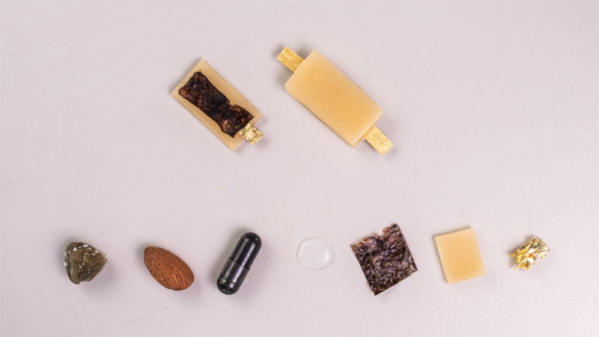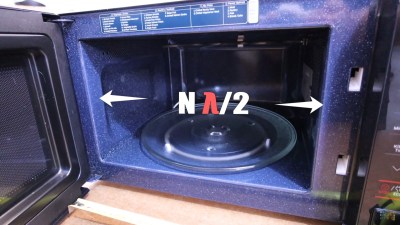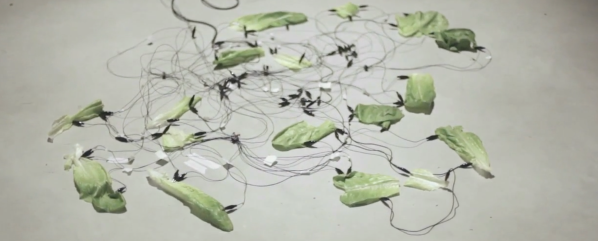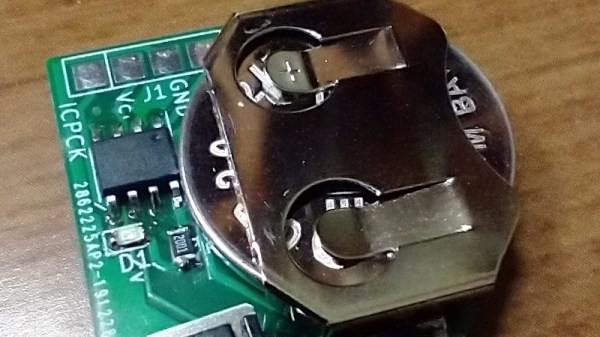Remember the darkest days of lockdown and the pandemic? We were trying to distance ourselves from strangers wherever possible. [scealux]’s pizza elevator was spawned at this time to make apartment pizza deliveries as contactless as possible, and it’s charmingly branded to boot.
The build was intended to loft a pizza from street level to a third-floor balcony (by the American convention, ground floor is numbered one). Built with CNC-cut wooden parts, the elevator frame snap-fits on to the balcony railing. From there, a single spool runs out wire to four corners of the elevator platform.
As the crank is turned, the platform lowers under its own weight. The pizza can then be placed on the platform, and dinner can be lifted back up to the apartment. It’s a simple design, and one that manages to lift the pizza in a stable and flat fashion. With that said, we’d still like to see some anti-tip railings on a potential revision two.
Mock the branding all you will, it’s actually a smart design choice. The recognizable logo made the device’s purpose super obvious to the pizza delivery person, easing the introduction of the technology to a new user base.
If you want to make your own pizza instead of ordering out, you can automate that too.
Continue reading “Pizza Elevator Is The Most Vital Pandemic Technology Of All”



















